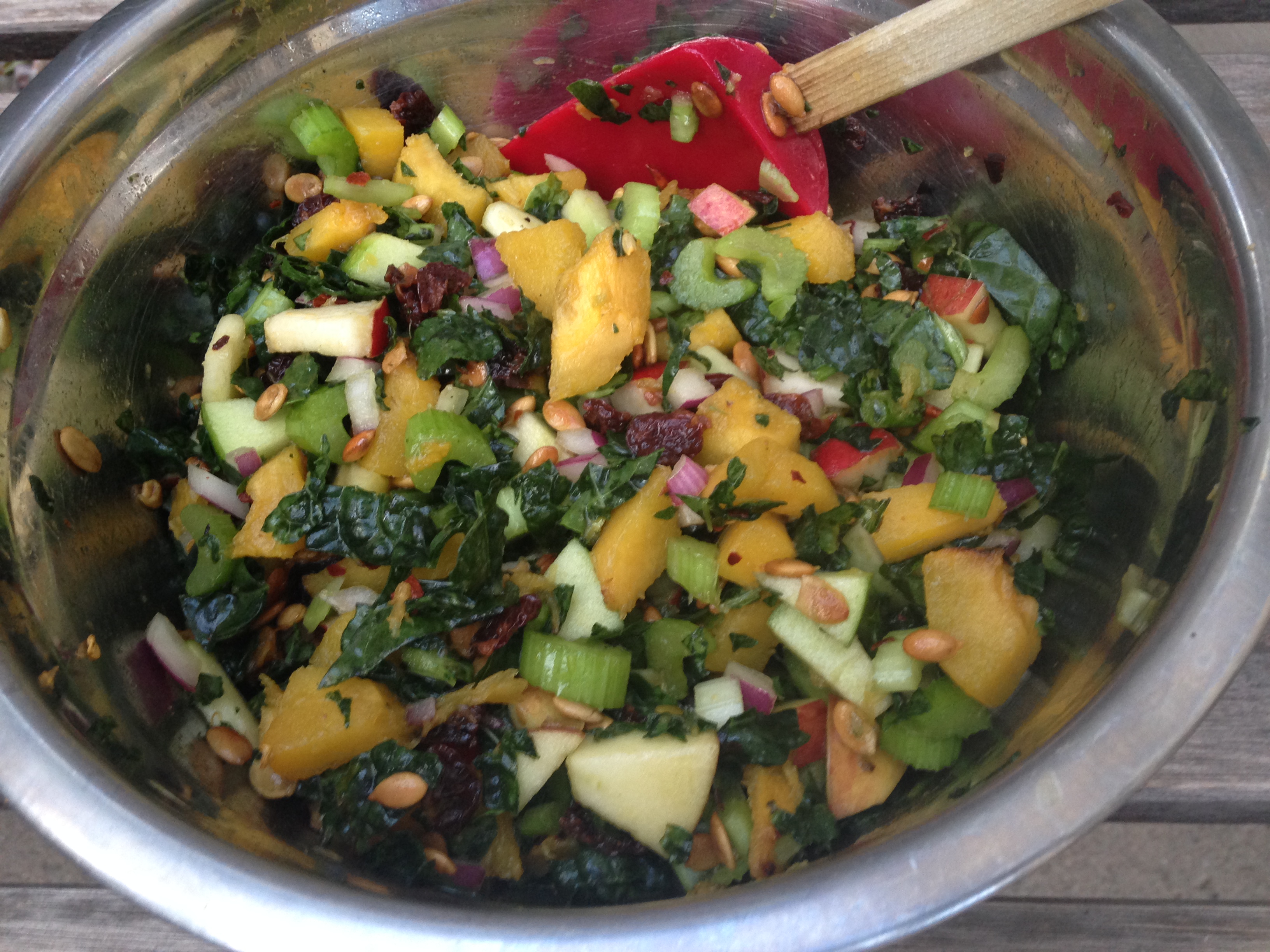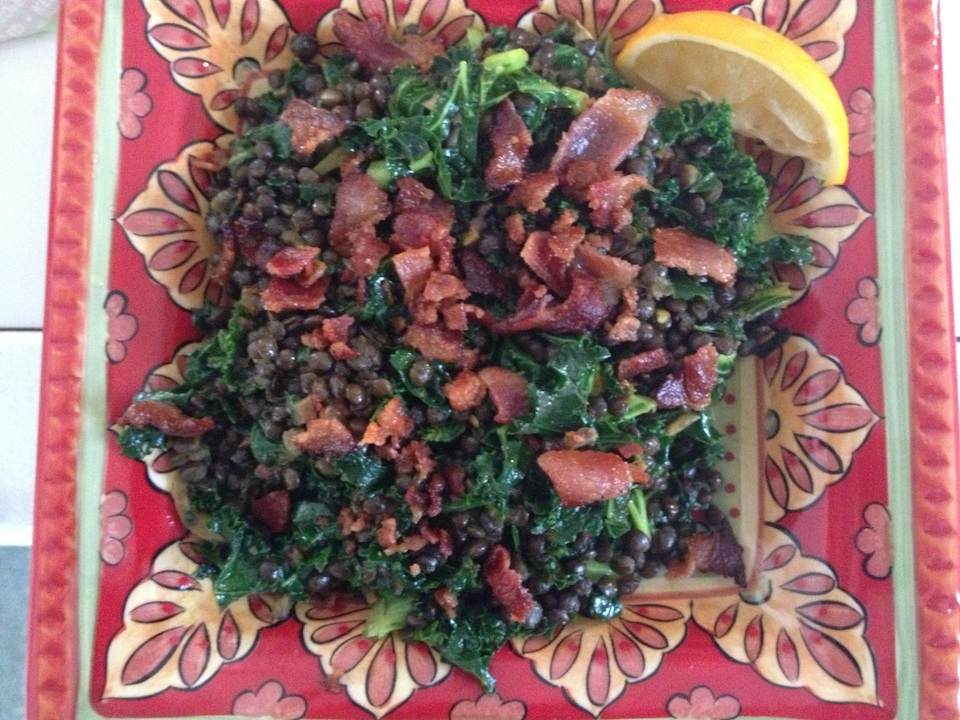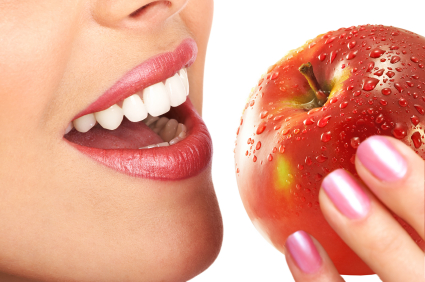Everyone knows the advantages of eating kale, but now is the time to add squash to your meals as well. There are so many different varieties available right now–and all are delicious!
This awesome vegetable is a superfood of its own right, and is very high in beta-carotene, which provides the majority of vitamin A in most diets–as long as it is eaten with some fat so it can be absorbed and utilized. (Antioxidants don’t work unless you eat this.) Squash also contains vitamin C, potassium, fiber, and omega-3 fatty acids, which helps fight cancer, colds and flu, and heart disease–to name just a few.
Unlike summer squash, which has edible skin and can be eaten raw, winter squash usually has a tougher skin and will need to be peeled. There are many methods to cooking squash, but the best method for most squash is roasting. Carefully cut the squash in half and scoop out the fibers and seeds. At this point, you can separate the seeds from the fibers to toast them for a snack. Roast the squash cut-side down at 350 degrees F until tender–or do like I did and half or quarter and put on medium heat on grill for about a half hour or so, depending on the size of the squash pieces.
Fall Squash, Kale and Apple Superfood Salad
1/2 Granny Smith apple, chopped
1/2 McIntosh, Gala, Fuji, etc apple, chopped
1/2 firm pear, chopped
1 small squash, roasted, cooled and chopped in cubes (I used a Delicata squash)
1/2 red onion chopped
1/4 cup roasted pumpkin seeds (I roasted in pan over med heat for about 2-4 min)
Dinosaur kale, chopped and massaged (can use a rolling pin to make it more tender)
1/2 cup chopped celery
1/4 cup tart dried cherries or unsweetened cranberries
1-2 Tbsp pure maple syrup
1 Tbsp extra virgin olive oil
1 Tbsp apple cider vinegar or fresh lemon juice
Salt, pepper, hot pepper flakes to taste
Roast squash, cool, peel, and cube in small pieces. Chop kale in small pieces, and roll with rolling pin or ‘massage’ by wrapping in clean dish towel and rolling with a rolling pin or can to make it more tender. Mix the rest of ingredients in and serve. Serves about 4. Works as a great vegan meal too!
A Votre Sante!
 Catherine (Cat) Ebeling RN BSN, is an international health, wellness and longevity expert. In addition to her advanced degree in nursing, she has spent the last 30 years studying sustainable diets, health and nutrition all over the world. She also has 4 books including the worldwide best-seller, “The Fat Burning Kitchen,” “The Top 101 Foods That Fight Aging”, and “The Superfoods Diabetes Reversal Diet”, and has helped thousands of people transform their lives, lose weight and improve their health.
Catherine (Cat) Ebeling RN BSN, is an international health, wellness and longevity expert. In addition to her advanced degree in nursing, she has spent the last 30 years studying sustainable diets, health and nutrition all over the world. She also has 4 books including the worldwide best-seller, “The Fat Burning Kitchen,” “The Top 101 Foods That Fight Aging”, and “The Superfoods Diabetes Reversal Diet”, and has helped thousands of people transform their lives, lose weight and improve their health.
Her mission is to help create a healthier planet and healthier people.
Cat’s Global Green Kitchen






